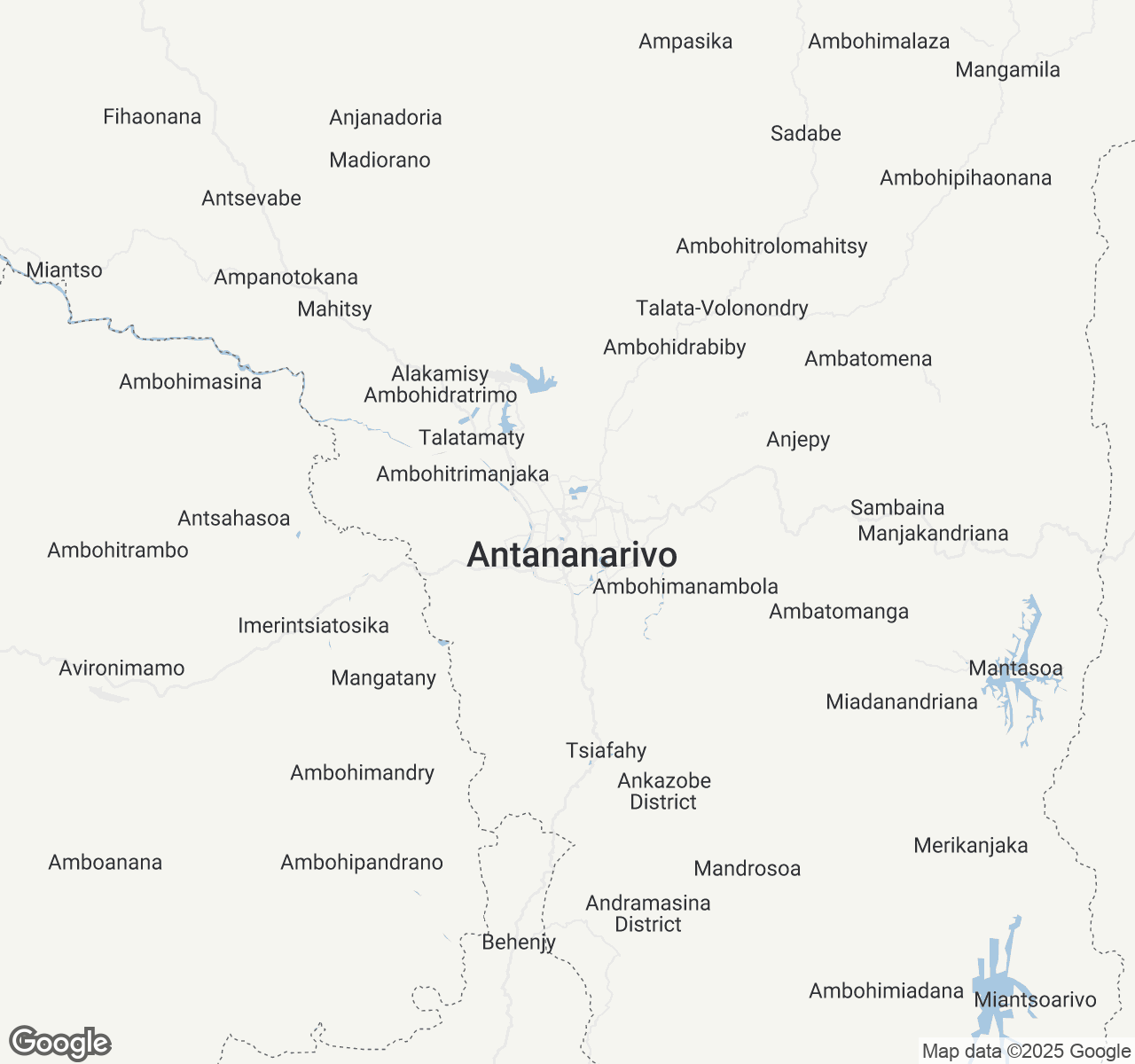
Things to Do in Antananarivo
Discover the best of Antananarivo
Plan Your Trip
Essential guides for timing and budgeting
Top Things to Do in Antananarivo
Discover the best activities and experiences. Book now with our trusted partners and enjoy hassle-free adventures.
Your Guide to Antananarivo
About Antananarivo
Perched on rolling hills like a city caught between worlds, Antananarivo unfolds in layers of rust-red earth and weathered stone, where French colonial elegance mingles with Malagasy soul. The capital of Madagascar pulses with an unhurried rhythm that belongs entirely to itself—street vendors call out in melodic Malagasy while zebu carts share cobblestone paths with modern cars. Ancient tombs rest peacefully among busy markets where vanilla, ylang-ylang, and exotic spices perfume the highland air. Here, in the heart of the world's fourth-largest island, time moves differently. Children fly handmade kites from hilltop neighborhoods while their grandmothers weave raffia with techniques passed down through generations. The city's twelve sacred hills hold stories of Merina kingdoms, each sunset painting the landscape in shades that seem to exist nowhere else on earth. This is Madagascar's beating heart—a place where lemurs might cross your path on the outskirts, where rice terraces cascade down mountainsides, and where every conversation feels like an invitation into a culture beautifully untouched by the outside world.
Travel Tips
Transportation: Use official taxi-brousse (shared minibuses) for intercity travel, but book through your hotel for safety. Within Antananarivo, negotiate taxi fares before entering—expect 5,000-15,000 Ariary for city trips. Avoid walking alone after dark and stick to main roads.
Money: Bring euros or dollars to exchange for Malagasy Ariary at banks or official bureaux de change. ATMs are limited and unreliable outside the city center. Always carry cash as credit cards are rarely accepted except at upscale hotels.
Cultural Respect: Remove shoes when entering homes and point with your whole hand, never a single finger. Avoid photographing tombs or funeral sites without permission. Sunday is sacred family time—many businesses close and loud activities are discouraged in residential areas.
Food Safety: Stick to bottled water and avoid raw vegetables unless at reputable restaurants. Try local specialties like romazava (beef stew) and ravitoto (pork with cassava leaves) at busy local eateries where high turnover ensures freshness. Avoid street meat but embrace fresh tropical fruits.
When to Visit
Madagascar's highland capital experiences distinct wet and dry seasons that dramatically affect travel experiences. The dry season (May-October) offers the most comfortable conditions with temperatures ranging 15-25°C (59-77°F), minimal rainfall (under 20mm monthly), and crystal-clear skies perfect for photography. This peak season sees hotel rates increase 30-40%, but roads remain accessible and wildlife viewing is optimal. July-August brings cool, sometimes chilly evenings requiring warm clothing. The shoulder months of April and November offer excellent weather with fewer crowds and moderate pricing. The wet season (November-March) transforms the landscape into lush green splendor, with temperatures climbing to 20-30°C (68-86°F) and substantial rainfall averaging 200-300mm monthly. December-February brings the heaviest downpours and potential cyclones, making remote travel challenging. However, this period offers 25-35% lower accommodation rates and incredible photographic opportunities of rice terraces and waterfalls. The Famadihana ceremony (turning of the bones) occurs every 5-7 years between June-September—check local calendars for this extraordinary cultural experience. Independence Day (June 26) features busy celebrations throughout the capital. Budget travelers should consider the wet season, while photographers and cultural enthusiasts will find the dry season optimal despite higher costs.

Antananarivo location map